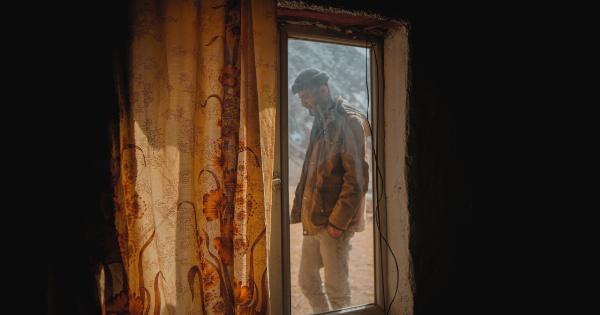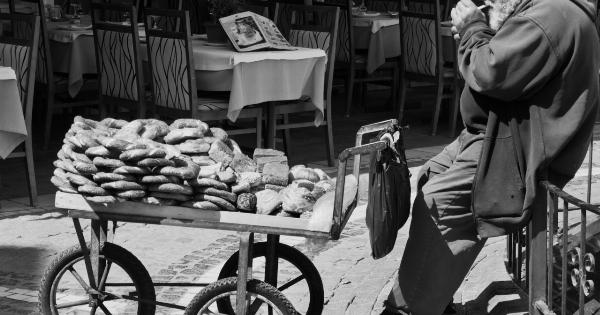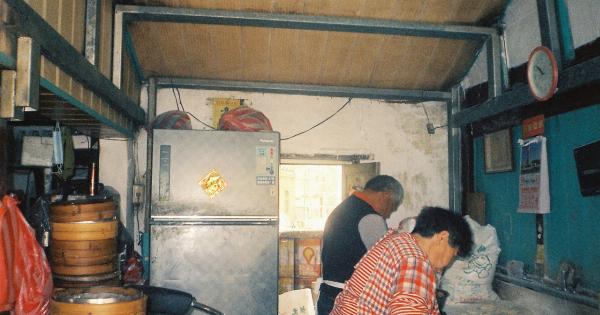Knee osteoarthritis is a degenerative joint disease characterized by the breakdown of cartilage in the knee joint. It is a leading cause of disability and chronic pain, affecting millions of people worldwide.
While age, genetics, and obesity are well-established risk factors for the development of knee osteoarthritis, occupational factors can also play a significant role in its onset. This article will explore the occupational risks associated with knee osteoarthritis development, highlighting the importance of identifying and mitigating these risks in various professions.
1. Heavy Lifting and Repetitive Movements
Jobs that involve heavy lifting or repetitive movements, such as construction work, warehouse operations, and manufacturing, can increase the risk of developing knee osteoarthritis.
These activities place excessive stress on the knee joint, leading to accelerated wear and tear of the cartilage. Over time, this can contribute to the development of osteoarthritis.
2. Prolonged Kneeling and Squatting
Occupations that require prolonged kneeling or squatting, such as flooring installers, plumbers, and gardeners, can significantly increase the risk of knee osteoarthritis.
These positions put excessive pressure on the knee joint, leading to inflammation and damage to the cartilage. Continuous exposure to these positions over time can result in the development of osteoarthritis.
3. Vibrations and Shock Impact
Professions that involve exposure to vibrations and shock impact, such as truck driving, operating heavy machinery, and construction work, can contribute to the development of knee osteoarthritis.
The vibrations and shocks transmitted to the knees can lead to microtrauma and cartilage damage, eventually leading to osteoarthritis.
4. Awkward Postures
Jobs that require employees to work in awkward postures, such as bending, twisting, or crouching, can increase the risk of knee osteoarthritis.
These postures can lead to imbalanced forces on the knee joint, putting additional stress on the cartilage and leading to its deterioration over time.
5. Falls and Traumatic Injuries
Occupations that involve a higher risk of falls and traumatic injuries, such as construction work, emergency services, and professional sports, can also increase the likelihood of developing knee osteoarthritis.
Direct impact or trauma to the knee joint can cause immediate damage to the cartilage, leading to the development of osteoarthritis later in life.
6. Prolonged Standing
Jobs that require prolonged standing, such as retail workers, healthcare professionals, and assembly line workers, can contribute to knee osteoarthritis development.
Standing for extended periods can increase the pressure on the knee joint, leading to inflammation and cartilage damage over time.
7. Temperature Extremes
Occupations that involve extreme temperature conditions, such as firefighters, foundry workers, and freezer warehouse workers, can contribute to knee osteoarthritis development.
Exposure to extreme heat or cold can lead to the constriction of blood vessels, reducing blood flow to the knees and impairing the natural healing process of damaged cartilage.
8. Inadequate Ergonomics
Jobs that lack proper ergonomic design, such as office work with poorly adjusted chairs, can also contribute to knee osteoarthritis development.
Sitting in uncomfortable or unsupportive positions for extended periods can lead to poor posture, misalignment of the knee joint, and increased stress on the cartilage.
9. Chemical Exposure
Certain occupations involving chemical exposure, such as agricultural workers, manufacturing workers, and cleaners, can increase the risk of knee osteoarthritis.
Chemicals can cause inflammation and damage to the joints, including the knee joint, leading to the development of osteoarthritis.
10. Lack of Proper Personal Protective Equipment (PPE)
Jobs that involve working in hazardous conditions without proper personal protective equipment (PPE), such as construction workers, welders, and laboratory workers, can also increase the risk of knee osteoarthritis.
Inadequate PPE can expose workers to accidents and injuries that directly impact the knee joint, leading to cartilage damage and subsequent osteoarthritis.
Conclusion
Occupational risks for knee osteoarthritis development are diverse and varied across different professions.
Heavy lifting, repetitive movements, prolonged kneeling, vibrations, falls, and inadequate ergonomics are just a few of the many factors that can contribute to the onset of knee osteoarthritis. Identifying these risks and implementing appropriate preventive measures, such as using ergonomic equipment, implementing safety protocols, and providing adequate PPE, is crucial in minimizing the impact of these occupational risks.
By recognizing and addressing these risks, occupational health and safety measures can be enhanced, leading to healthier workplaces and reduced incidence of knee osteoarthritis.





























